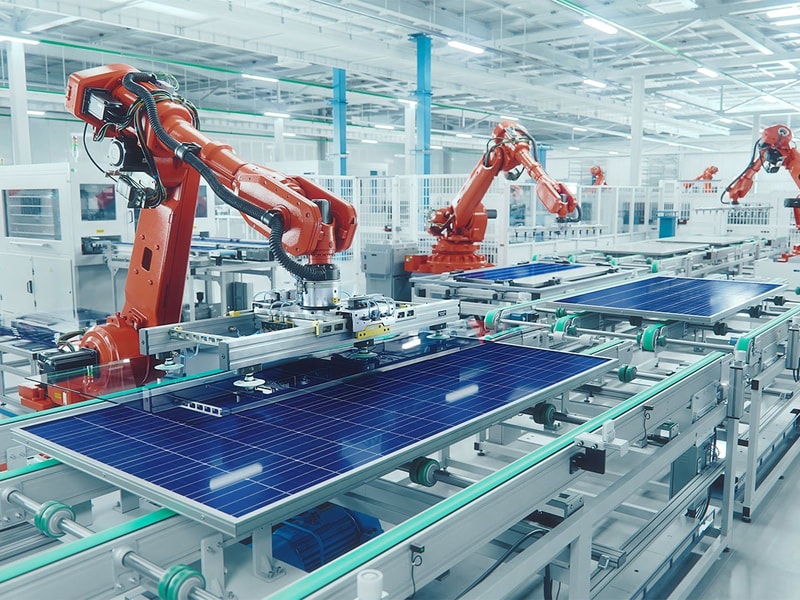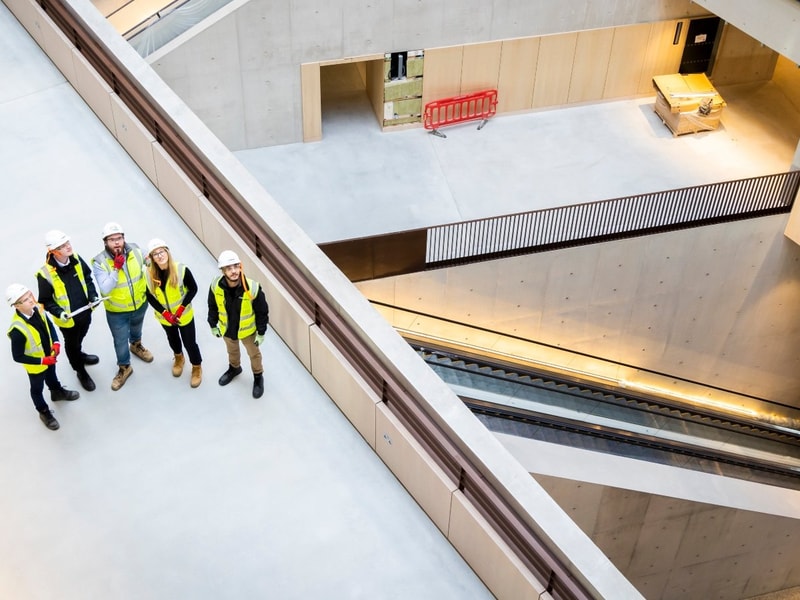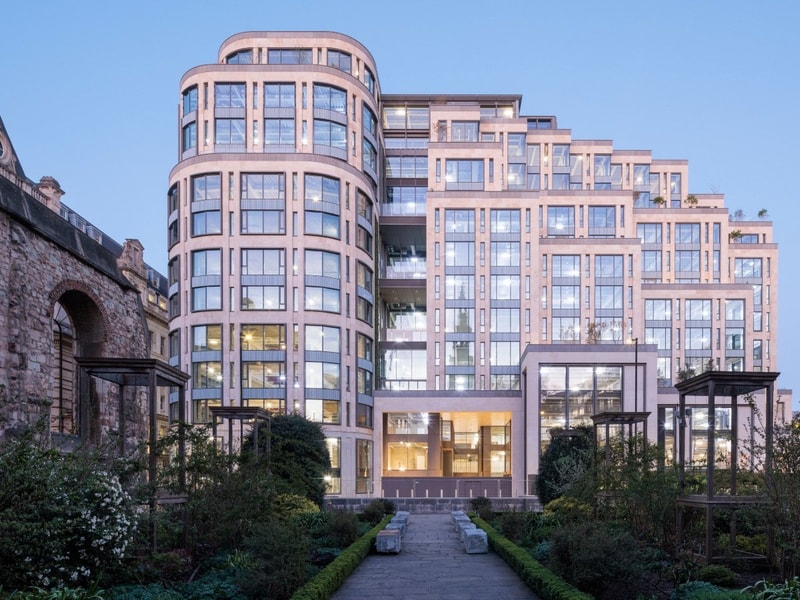Building trust, delivering quality: How collaboration is shaping the future of office space
Following the 2025 British Council of Offices (BCO) Annual Conference in Milan, Gavin Seager expands on one of its key themes: the future of office delivery.

Key takeaways
Demand for premium office space is surging, driven by companies expecting higher in-office attendance
Mace is leveraging digital modelling and prefabrication to achieve high-quality outcomes and improve collaboration
Sustainability, circular economy practices, and future-proofing are facilitated by knowledge sharing and design testing
Demand for office space in Q1 of this year in London and the Southeast was the highest it’s been since the financial crisis, according to Knight Frank. This year has seen increased pressure put on office space. With more companies expecting staff back in the office for most of the week, tenants are expecting the highest standards in return – this continues to intensify the race for quality we’ve seen in recent years.
To deliver on this demand, at the pace required, we need a best-in-class industry – one that has the right behaviours, provides a level of certainty and risk-assurance and remains nimble in an ever-changing world.
It starts with trust
Over the years, numerous reports have brought out a similar message. From Sir Michael Latham’s 1994 report ‘Constructing the Team’, to Sir John Egan’s ‘Rethinking Construction’ in 1998. More recently, there’s Lord Farmer’s review, the government’s ‘Construction Playbook’ and the CLC’s ‘Private Sector Playbook’. All of these reports conclude that trust, collaboration and the right behaviours are key. To see this come alive on-site, highlights its very real potential.
One example is at 40 Leadenhall – the 900,000ft² of premium office space in the City of London, winner of BCO’s Best Commercial Workplace 2025 and delivered by Mace and Mace MEP.
Early incorporation and intervention were key to the project’s success. Fixed at RIBA Stage 3, construction teams provided engineering input early in the design process. Working hand in glove with design partners WSP, we ‘built’ the building first in a digital model on the cloud that was co-created by the entire project team. This allowed for the interrogation and testing of the design, and the early resolution of potential issues before construction.
Similarly, each of the MEP components was prefabricated, with a target of 85% PMV (pre-manufactured value), something that had not been undertaken at the scale for a commercial office previously, requiring the design and construction teams to work closer than ever had before. This brought together the best examples of digital, DfMA, and engineering but it was driven by transparency, collaboration, not contractual conditions.
There is great potential to scale this model across the office market.
Quality inputs lead to quality outputs
To achieve a quality office space, delivered on time, we need to get the inputs right; procurement, design, programme, people, and handover. The bid stage is key to determining many of these elements; there must be the same rigour applied to programme assessment as there is for commercial assessment at this stage. Things tend to go wrong on a project when the tender programme has been squeezed. The result can be that it is overly optimistic, meaning teams have to put long hours in to catch up. Applying the right rigour and assessment up front, with a much greater understanding of volume outputs, will result in better programme success and protection of the commissioning period.
A vertically integrated approach, like we have at Mace MEP, can help boost certainty, productivity and quality. With project PCSA gestation periods getting longer, and contractor teams often managing many bids at once, having more integrated supply chain helps provides extra capacity, as well as a longer-term outlook.
We need to be agile
The office market is ever evolving – smart technology, tenant demand for the highest sustainability and wellbeing standards, fire safety, air quality, material reuse. Some projects can last for more than 4 years, and a lot can change in that time, particularly around regulations, so we must remain nimble.
One example is around tested details for MEP components, for example services penetrating through shaft wall construction. There has been some great work done in this area the Passive Fire Knowledge Group and it’s important to the industry shares knowledge and tested details, to ensure we future proof our designs and avoid costly testing and rework later down the line.
Another example is the circular economy. The MEP industry faces particular challenges when it comes to circularity – we’ve seen great success in the ‘low hanging fruit’ of structures and facades, but MEP is much more complex. This is where we need to work together as an industry. We need material passports in every building, so we know each MEP component and what its embodied carbon is. Mace recently completed the Edenica building, which was the first material passport in the City of London. This must become a more common occurrence in future projects.
As the BCO reflected following its 2025 Milan conference, “Great places aren’t just built – they’re delivered through trust, technical brilliance and a brand-level clarity of vision from day one” – we should all look at how we can apply this message to our own projects.






